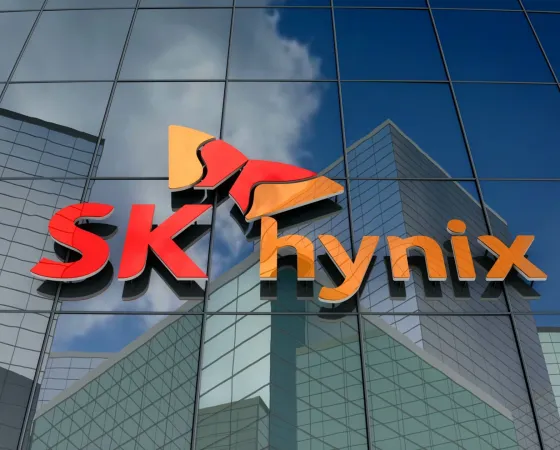☕️ Les studios japonais demandent à OpenAI de ne plus utiliser leurs productions dans Sora
Le lobby japonais Content Overseas Distribution Association (CODA), représentant de nombreux studios d’éditeurs de dessins animés et de jeux vidéo, a envoyé une lettre lundi 27 octobre à OpenAI pour protester contre l’utilisation de nombreuses de leurs productions pour entrainer Sora 2, comme le rapporte Automaton.
« CODA a confirmé qu’une grande partie du contenu produit par Sora 2 ressemble fortement à du contenu ou à des images japonais. CODA a déterminé que cela résulte de l’utilisation de contenu japonais comme données d’apprentissage automatique. Dans les cas où, comme avec Sora 2, des œuvres spécifiques protégées par le droit d’auteur sont reproduites ou générées de manière similaire, CODA considère que l’acte de reproduction pendant le processus d’apprentissage automatique peut constituer une violation du copyright », explique le lobby.

Coda rassemble des studios de dessins animés comme Aniplex, Studio Ghibli, de jeux vidéo comme Bandai Namco et Square Enix, des maisons d’édition de mangas comme Shueisha ou encore le conglomérat Kadokawa.
OpenAI a mis en place un système d’opt-out permettant aux ayants droit de demander que Sora ne génère plus de contenus ressemblant à leurs contenus. Mais CODA affirme que « dans le cadre du système japonais du copyright, une autorisation préalable est généralement requise pour l’utilisation d’œuvres protégées par le copyright, et il n’existe aucun système permettant d’échapper à la responsabilité en cas de violation par le biais d’objections ultérieures ».
Depuis le lancement de Sora, OpenAI ne se cache pas d’utiliser les productions japonaises, allant jusqu’à utiliser le style du réalisateur anti-IA Miyazaki pour la promotion de ses modèles.
Le 10 octobre, Minoru Kiuchi, le ministre japonais chargé de la sécurité économique et de la propriété intellectuelle, expliquait avoir lui aussi demandé à OpenAI d’arrêter d’utiliser les productions japonaises sans le consentement des studios. Le député japonais Akihisa Shiozaki affirmait récemment que « l’IA est en train de dévorer la culture japonaise ».



 SK hynix est un acteur majeur dans tout ce qui touche la fourniture de mémoire, sous presque toute ses formes. Aussi quand la firme présente sa roadmap pour les années à venir, on s'assoie et on écoute attentivement. On le sait, il y a une sacré latence / inertie entre le moment où les consortiums r...
SK hynix est un acteur majeur dans tout ce qui touche la fourniture de mémoire, sous presque toute ses formes. Aussi quand la firme présente sa roadmap pour les années à venir, on s'assoie et on écoute attentivement. On le sait, il y a une sacré latence / inertie entre le moment où les consortiums r...